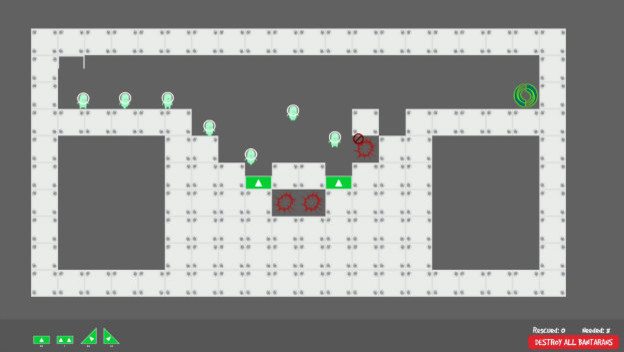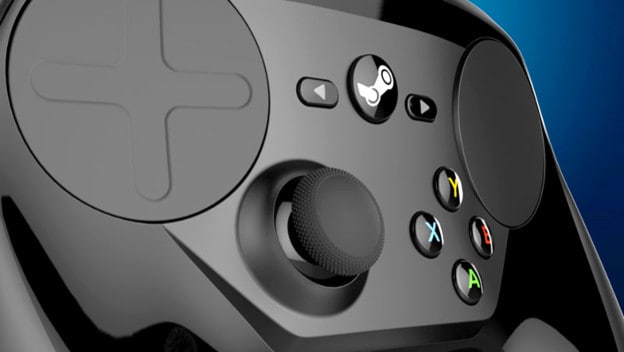Valve gets a lot of flack these days. The company isn’t making games as often anymore. (We really did want Half-Life 3. ) Its customer service is still the worst. Steam is something of a dumpster fire, what with all of the horrible, “fake” games that are cluttering up the works. We’ve seen various halfhearted promises and commitments to making things better over the years. But now, we’re starting to see some action. Valve finally did something. But, is it enough?
Over 170 games have been taken off of Steam . They were all from Silicon Echo and Zonitron, which put out 86 of these games between July and August 2017 alone. They were essentially a means of getting trading cards for players and nothing more. As for the developers, they would abuse the system and desire to get cards by churning out terrible, quickly made games. They were crap. But finally, after receiving reports and about 170 games, Valve sprang into action and got rid of these. But the question is, why did it take so long?
Listen, we know Valve is all about quickly making money now. The company would rather take a note from developers like Silicon Echo and Zonitron and do things that would earn as much profit for as little effort as possible. It explains why we are seeing things like Artifact , the Dota 2 card game, instead of a new Portal or Half-Life game. Profit is king; it is easier to make money by putting together a simple card game or freemium add-ons for an existing title. This explains why the problem happened.
After all, we are in the age of Steam Direct. In the old days, Valve actually had a curation process and carefully sifted through everything that appeared on Steam. Steam Greenlight made things easier for them, since it meant the community was handling content curation. This allowed Valve to save money, as it meant they didn’t have to have as many people sifting through submissions. Since that didn’t work and allowed for corruption, of course the better solution was to bring in Steam Direct, where developers fill out a form, pass a compatibility test, and pay $100 to get a game on Steam. Valve gets $100 a pop, doesn’t have to worry about initial curation, and the money rolls in. Which is of course the worst idea.

Look at what happened with Silicon Echo and Zonitron! Remember, 86 of these games ended up getting on Steam in two months! Valve is making money off of Steam game sales each day from its cut on storefront sales, Team Fortress 2, CS:GO, and Dota 2 microtransactions, and hardware. Yet with all that money, they couldn’t have hired enough people to realize something was wrong when these 86 applications came in? And not only that, but it took until the end of September for these over 170 games to get pulled at all. Even though Valve claims it has “a full-time team monitoring reports,” it obviously isn’t enough if it takes months for things to happen. Anyone who looked at a Silicon Echo or Zonitron game page could tell at a glance that something was up.
We need to stop thinking of Valve as a good guy. While Gabe Newell seems cool and all, he and his team aren’t doing the best job. If any other company ran the way Steam did, people would have turned on them years ago. Imagine if you filed a customer service complaint with Amazon and didn’t get a response within 24 hours? You’d be incensed. If you visited the GOG storefront and found it inundated with the kinds of games Steam is constantly suggesting you play whenever you log in or stop by the site, you would never go there again. We need to stop giving Valve a free pass. The company needs to step up, do a better job of curating Steam, and be more responsible.
